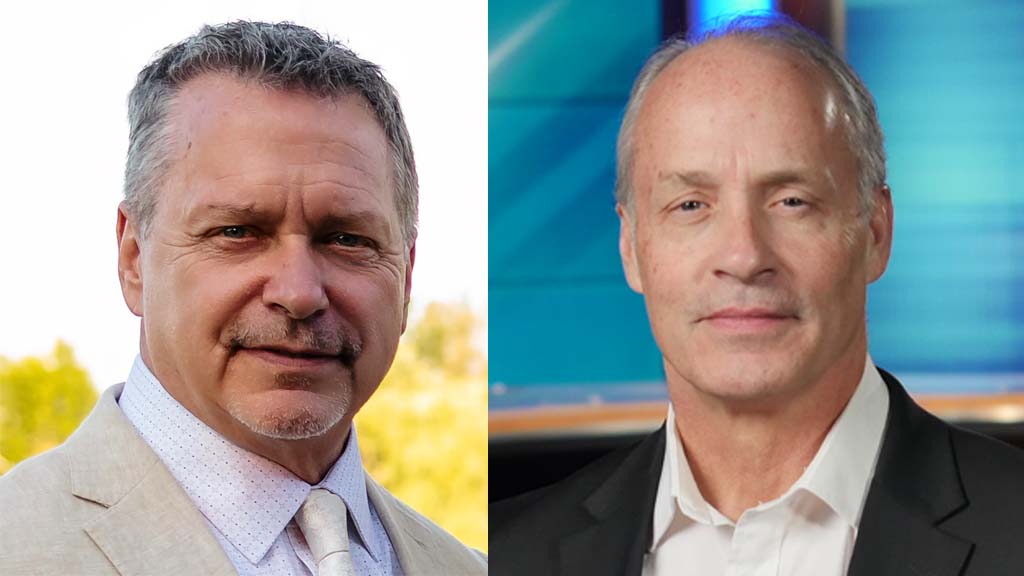Making 8VSB work!
Making 8VSB work!
Since the American Television Systems Committee (ATSC) and the group of “elite” television geniuses that sold this country on eight levels of vestigial side band (8VSB), the American television industry has been trying to turn, what appears to some as a sow’s ear, into a working silk purse. Does 8VSB work? In a word, yes, but it needs all the help the technical community can give it to replicate the coverage of its grandpa - analog NTSC - and a whole lot more.
The ATSC has issued frantic pleas to find Band-Aids that will make the technology work. We’ve seen Zenith, holder of the lion’s share of 8VSB patents, crawl into bed with NxtWave in an attempt to subdue the vicious multipath issues with their dual stream “patch.” When the mere mention of Coded Orthogonal Frequency Division Multiplexing (COFDM) was brought up, a fanatic battle ensued that has all the earmarks of a religious jihad, so we, as a nation, will go with what we’ve got despite 8VSB’s inability to deal with multipath and other issues.
One other shortcoming, when comparing 8VSB with COFDM, is its inability to gracefully operate in the same or adjacent areas on the same frequency; receivers look at the additional signal or signals as multipath and tend to go into the equivalent of receiver coronary arrest. 8VSB also has trouble delivering decodable signals to DTV sets with only indoor antennas and has demonstrated its inadequacy for broadcasting to mobile receivers. Solutions to these problems must and will be found.
When Carl Fisher, chief engineer at Penn State’s WPSX –TV in University Park, PA, was assigned DTV Channel 15, he wanted to ensure his viewing audience that they’d be able to get the same service they have been getting with their NTSC signal on Channel 3, but such was not the case. As it turned out, the DTV signals would fall short of the important key communities of Johnstown, Altoona and State College, PA.
Fisher’s technical expertise, many years with the station and self-realized fiduciary responsibilities to the communities his station serves would not permit him to leave these communities out of the picture, so to speak. Fisher went searching for an answer.
To get the job done, the WPSX-TV technical team contacted the Merrill Weiss Group out of South Plainfield, NJ. Merrill Weiss, founder and principal engineer at the company that bears his name, has delivered a number of papers on a technology he calls single-frequency network (SFN), which should do the job the WPSX-TV team is attempting to accomplish. Weiss, a longtime proponent of SFN, has submitted the concept to the Advanced Television Systems Committee, which is looking for ways to improve coverage of digital TV stations. Instead of building one transmitter site, they would build four: one primary and three very carefully engineered and strategically-located booster facilities, all operating on the same Channel 15 in such a way as to not cause any appreciable interference with its neighbor. The theory is that all four transmitters, working together, would completely cover the sprawling mountainous market.
The professional video industry's #1 source for news, trends and product and tech information. Sign up below.
According to Weiss, what makes the SFN, or “distributed transmission” approach, work is in the delivery of a sample of the main transmitter signal via a fixed path (not over the air) to each of the boosters transmitters for purposes of synchronizing them through “various modulation techniques” to minimize the echoes and ghosts that can disrupt 8VSB reception. In addition to the transmitter synchronization signals, each site will have the ability to be flexible in its output power so the system can be fine-tuned or balanced to adjust the coverage for optimum performance. Viewers will then be able to receive a clean signal by simply directing their antennas at the closest site in the SFN.
The expense and engineering is seen as a lifesavings approach. Cable has an eighty-five percent penetration in the market, but is under no obligation under current FCC mandates to carry the WPSX-TV digital service. If WPSX-TV doesn’t take the initiative, they could well lose many viewers in the transition.
Send questions and comments to: larry_bloomfield@intertec.com
